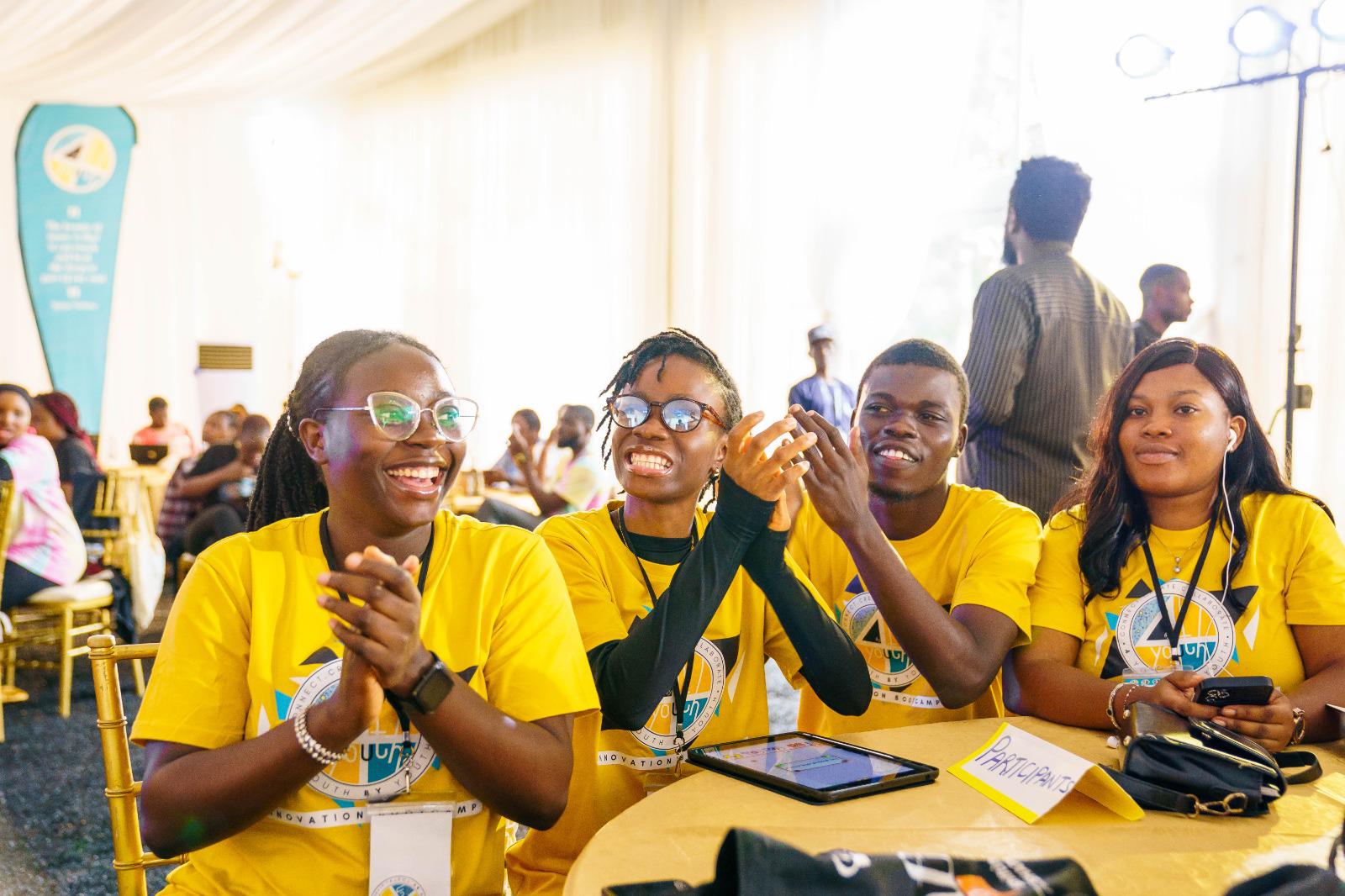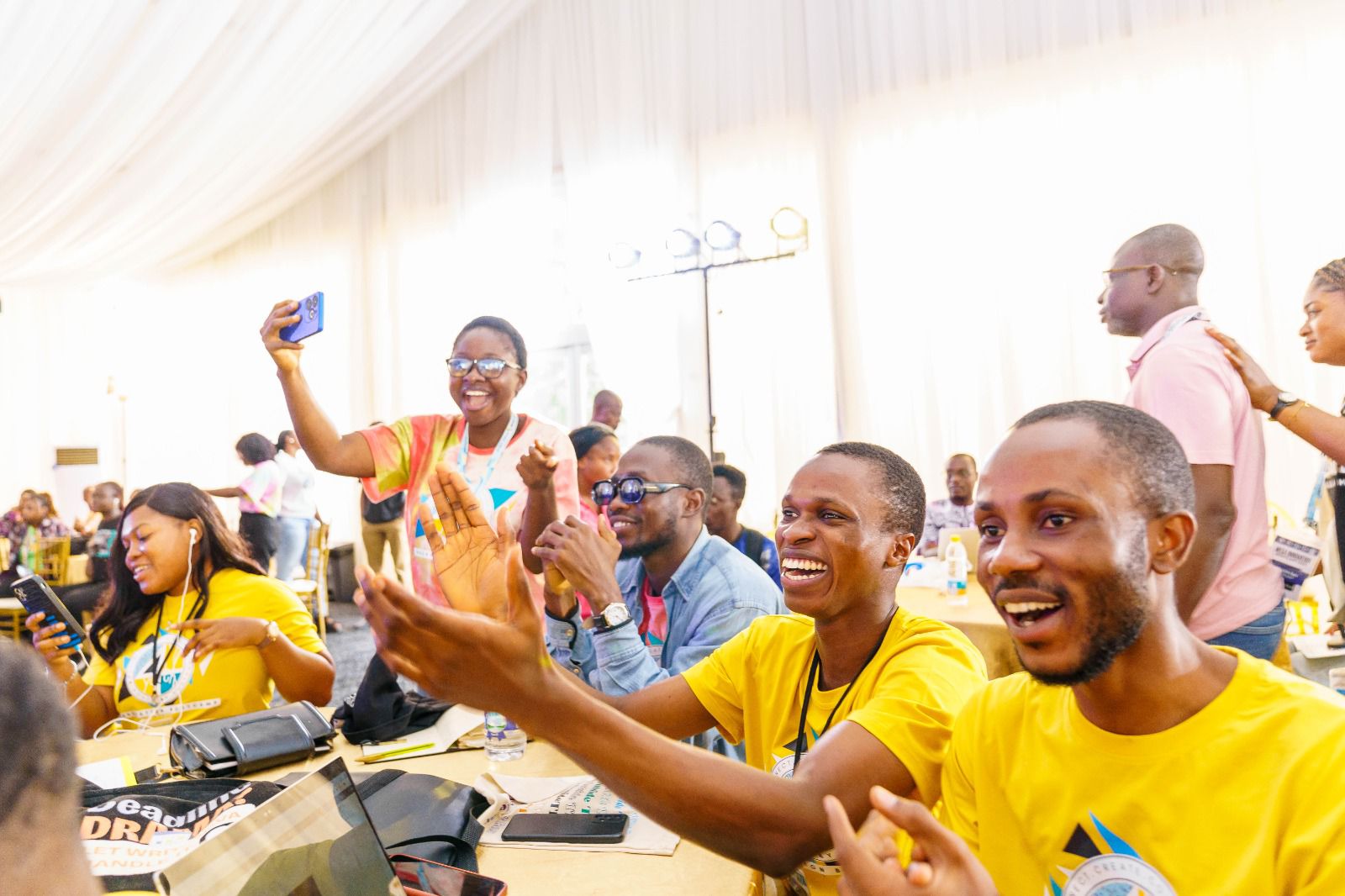INSPIRE Designathon
The submission period and three-day sprint for the 2025 Designathon has concluded.
Details for our 2026 Designathon will be released in winter 2026.
Context
In many African countries, proven HIV interventions for adolescents and young adults (AYA, 10-24 years old) exist and are being successfully carried out. However, their reach remains suboptimal, and many communities continue to have unmet needs.
In addition, HIV services are being cut and scaled back, so it is more important than ever to use effective approaches to maximize the reach and ensure AYA communities receive the support they need.
Mission
We are working towards an HIV-free generation of adolescents and young adults.
We believe in the insights, wisdom, and power of youth!
We nurture academic and non-academic collaborations working to bridge the gap between effective HIV strategies and real world impact on young Africans.
Call to Action
We are calling on academic and/or non-academic teams in Africa (two to four members) to submit proposals on how we can adapt, scale-up, and sustain youth-friendly, evidence-based HIV interventions in community-based settings in Africa.


Process
Proposal
Teams of two to four academic and/or non-academic members are invited to develop and submit a proposal.
Ten teams will be selected to participate in our three-day virtual sprint and ultimately, be awarded seed funding to carry out their proposed solutions.
Prototype
During our three-day sprint, the ten selected teams will bring to life their ideas in the form of visuals, animations, infographics, prototypes with various tools and refine their proposed solutions with the help of our mentors.
Pitch
Teams pitch their refined prototype to judges and are awarded seed funding for piloting or implementing their proposals.
Put into Practice
With the help of INSPIRE’s D&I mentors, teams will execute the strategies they finalized during the Designathon over the course of one year.
An updated budget justification for the awarded amount should be provided.
Who can Participate?
We invite teams of academics and/or non-academics based in Africa to participate. Teams should consist of two to four members.
“Non-academics” includes (but is not limited to) practitioners, policymakers, and health and community leaders.
Strong participation of community members within teams is encouraged.
Info Session
Watch our info session held on 26 February. Another info session will be held. Check back for updates.
Judging Criteria
- Proposal
-
- Key Elements: Does the executive proposal clearly define how the proposal addresses one of the three aims: scale-up, adapt, or sustain evidence-based HIV interventions for adolescents and young adults (AYA) in community-based settings?
- Knowledge Gap: Does it identify a specific gap in existing HIV interventions and explain why addressing it is critical for AYA populations?
- Focus on Community Impact: Are the proposed interventions practical and impactful in community-based settings?
- Clarity of Aim: Does the summary specify which aim was selected (scale-up, adapt, or sustain) and align the methods with this aim?
- Impact: Does the proposal articulate how it will improve public health outcomes for AYA, particularly in underserved or high-need areas?
- Significance
-
- Relevance to AYA: Does the proposal demonstrate the importance of scaling, adapting, or sustaining interventions to address the unique challenges faced by AYA in managing HIV?
- Potential Reach: Will the proposed intervention benefit a significant population or community?
- Cultural and Social Relevance: Does the proposal account for cultural, social, and contextual factors in implementing the intervention?
- Innovation
-
- Originality: Does the proposal introduce novel methods, approaches, or perspectives to scaling, adapting, or sustaining evidence-based HIV interventions?
- Advancing the Field: Does it propose innovative solutions that push forward the state of HIV intervention science?
- Integration of Technology or New Ideas: Does the submission incorporate new technologies, tools, or strategies to enhance intervention effectiveness?
- Feasibility and Rigor
-
- Achievability: Are the proposed methods feasible within the constraints of the $2,000 budget and the designated time frame?
- Scientific Rigor: Are the methods practical and supported by dissemination and implementation science principles?
- Scalability and Sustainability: Does the proposal demonstrate potential for scalability or sustainability in community-based settings?
- Real-World Application: Does it provide a plan for how the intervention could translate into real-world settings, particularly for underserved AYA populations?
- Team
-
- Expertise and Roles: Does the team provide clear details about their roles, expertise, and relevance to the proposal?
- Team Goals: Are the team’s professional goals aligned with the Designathon, and do they demonstrate how participating in this initiative will further their development?
- Capacity: Does the team have the skills and experience needed to complete the proposed intervention?
- Communication Clarity
-
- Engagement: Does the submission effectively explain why the team chose to participate in the open call?
- Presentation Quality: Is the proposal well-written, logical, and easy to understand?
- Alignment: Does the proposal clearly connect the team’s goals, professional development aspirations, and the intervention aims (scale-up, adapt, or sustain)?
- Budget Justification (up to $2,000)
-
- Appropriateness: Is the budget justification clear and reasonable?
- Alignment: Are the requested funds aligned with the proposed intervention’s objectives?
- Feasibility: Does the budget reflect a practical plan for achieving the
- intervention’s aim?
Total Scoring: Each section will be scored independently, and the total weighted score will determine the proposal’s ranking.
Rules
- Anonymous Evaluation: All submissions will be reviewed anonymously.
- AI Content Limit: Submissions must contain less than 10% AI-generated content.
- Usage Rights: By submitting, you grant us permission to use all or parts of your submission and photos for program-related purposes, including publications, promotional materials, social media, and other platforms.
